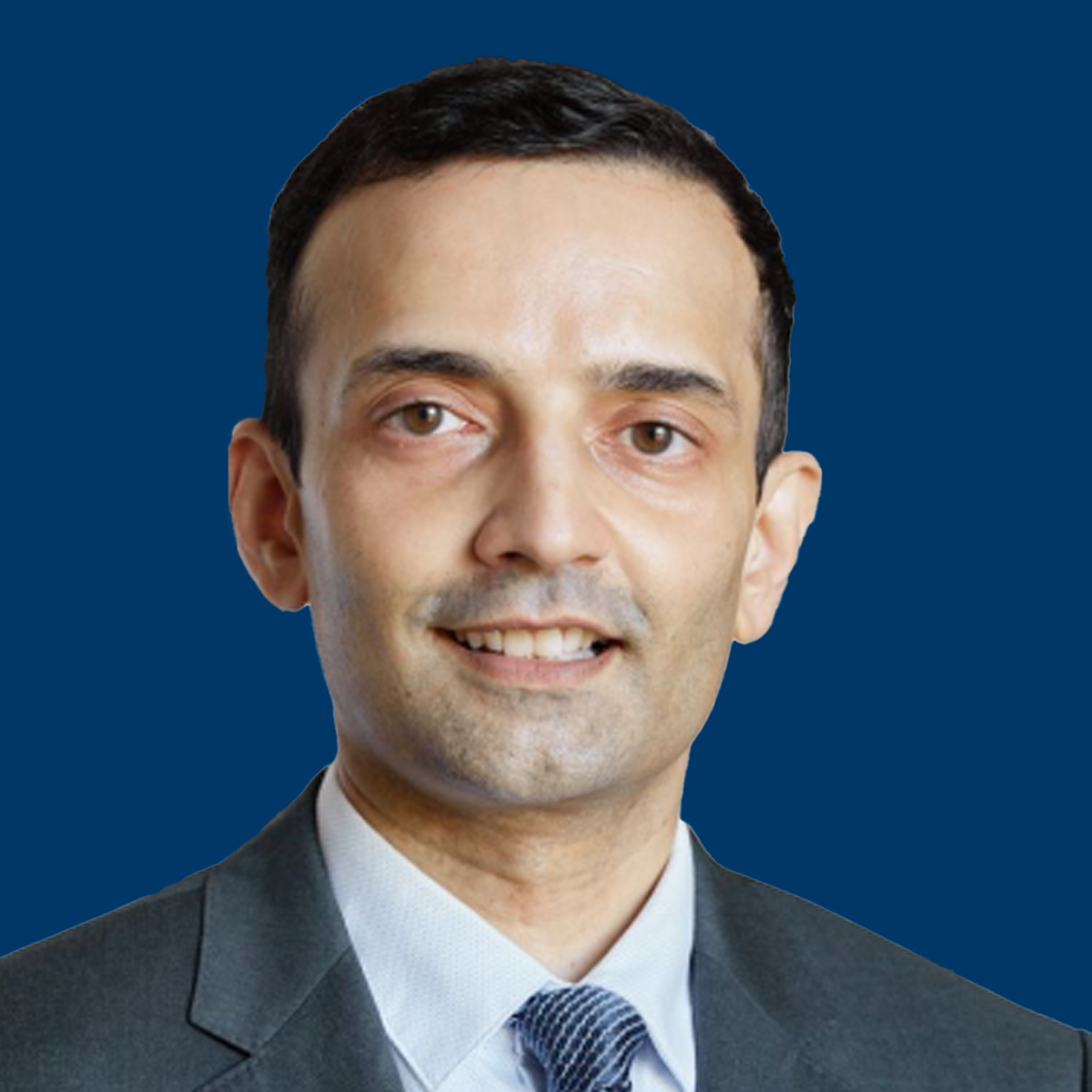As treatment approaches in multiple myeloma continue to advance, new areas of controversy arise, leading to undefined expectations within clinical practice, according to Ajai Chari, MD.
Accordingly, experts gathered at the inaugural Bridging the Gaps in Leukemia, Lymphoma, and Multiple Myeloma Conference to identify current controversies or challenges in the field and come to a consensus about the optimal approaches to myeloma management. An overview of these findings was published in a manuscript after the meeting.
“There’s a joke in that if you ask myeloma doctors for an opinion, you’ll get 6 answers. This [meeting] shows that there’s a lot of complexity and evolving data [in the multiple myeloma space],” Ajai Chari, MD, explained in an interview with OncLive®.
During the interview, Chari detailed the importance of publishing this manuscript; the limitations to current risk stratification approaches in smoldering multiple myeloma; ongoing challenges regarding determination of the optimal timing for treatment initiation; and what the potential FDA approval of daratumumab (Darzalex) could mean for this patient population.
Chari is director of the Multiple Myeloma Program and a professor of medicine in the School of Medicine at the University of California, San Francisco.
OncLive: What is the importance of publishing this manuscript from the Bridging the Gaps in Leukemia, Lymphoma, and Multiple Myeloma?
Chari: The purpose of this manuscript is to put a bunch of experts in the room and see how people think, where we agree, and where the areas of controversy are that we need to work on. It’s really for people who may not be doing this day in and day out, [in which we] take a little look under the hood, [so to speak].
How is risk stratification approached for smoldering multiple myeloma? Are there any limitations to current models?
Conventionally, risk stratification for smoldering has been based on static models. For example, how much M-spike [is present]? What’s the light chain? What’s the bone marrow burden? What are the immunoglobulin levels? The limitation there is that the date of diagnosis of smoldering myeloma is typically the date of the marrow, but somebody could have been smoldering prior to the marrow for anywhere from a month or 2 years. When you try to figure out who’s going to progress in the short term, that’s a big confounding variable. Although we need static models, because they’re convenient, we need more dynamic models, which tell us how the tumor is evolving. Are the protein levels going up? Is the hemoglobin drifting down? Are the bone lesions evolving? Those are where the field needs to go. Also, incorporating genetics, immune markers, and genomic markers. We haven’t gotten there yet, and that’s the struggle of serious stratification.
What are some key considerations when deciding on an optimal time to initiate therapy and treatment strategies in smoldering multiple myeloma?
The struggle with treating patients with smoldering myeloma is that they are essentially healthy people. They don’t have active myeloma. [The important questions are:] how do you not over-treat these patients with potentially toxic therapies that could cause adverse effects to help the individuals? Also, how do we not under-treat these patients? If we have amazing therapies that can help prevent symptoms and the onset of myeloma, shouldn’t we be doing that? That’s the tightrope that we have to walk in figuring out what the right time to initiate is. That’s where the risk stratification can help us make that decision.
What would the FDA approval of daratumumab mean for this space?
[Data from] the [phase 3] AQUILA study [NCT03301220] published in The New England Journal of Medicine showed, in a randomized fashion, that observation vs treatment with daratumumab…led to improved response, including progression-free survival and, surprisingly, overall survival. We just heard that the European Medical Association voted favorably on it; if that’s FDA approved, we could give patients with smoldering myeloma a relatively well-tolerated therapy, [particularly those who] we are concerned about progressing.
[Nevertheless], I’m most excited [to potentially use daratumumab plus lenalidomide [Revlimid], bortezomib [Velcade], and dexamethasone [Dara-VRd] for older patients who have smoldering myeloma and may have a high risk of progression. [These patients likely] would not be excited about having to receive a multidrug therapy in the future. [Therefore], it’s very reasonable to consider this
[Daratumumab] is a monoclonal antibody to help prevent the development of myeloma and potentially confer those clinical benefits. The challenge is that the study included 3 years of therapy, and that’s a [relatively] long period. Where I struggled more is with the younger patients; where they are now, they could easily tolerate multidrug therapy. However, do we need to commit everybody to 3 years of preventative therapy? This is another tightrope we have to walk.
Reference
Chari A, Bal S, Ailawadhi S, et al. Expert Perspectives on Current Challenges and Emerging Approaches for Multiple Myeloma: Narrative Review of an Inaugural Bridging the Gaps in Leukemia, Lymphoma, and Multiple Myeloma. Clin Lymphoma Myeloma Leuk. Published online March 11, 2025. doi:10.1016/j.clml.2025.03.008
